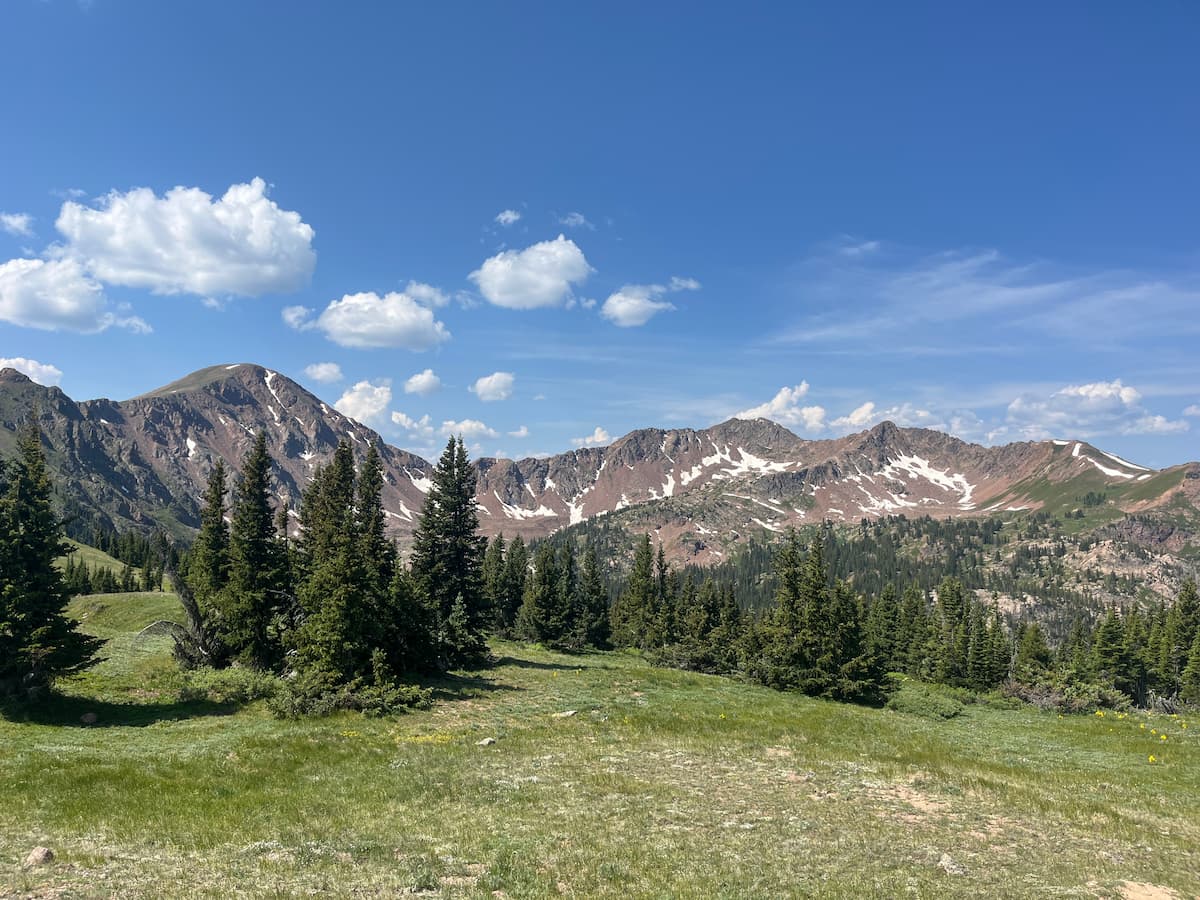
- High Country Conservation
- September 16, 2024
- Ask Eartha
Dear Eartha, it felt like every day this summer I heard about another heat wave or record-breaking temperatures. As summer temperatures rise, how do we keep our community cool and safe?
This summer has indeed been one for the history books, with July 2024 coming in as the hottest month ever recorded globally. And Colorado was no exception. You might recall the mid-July heat wave, where temperatures in parts of the state soared above 100 degrees.
These types of heat waves are not uncommon in Colorado – July is historically the hottest month in the centennial state. But what’s changing is how often these heat waves occur and how long they last. As climate change continues to warm the planet, scientists have shown that heat waves like the one in July will happen more often and last longer than we have experienced previously. In fact, more heat waves have happened in the first 4 years of the 2020s than entire decades of the 20th century. This means we need to start getting serious about preparing our communities for these hotter summers so that when the next heat wave hits, we’re ready.
Why are Heat Waves Dangerous?
Heat waves aren’t just inconvenient for your summer hiking plans; they can be downright dangerous. In fact, heat waves are considered one of the most hazardous natural events, causing more deaths than floods, tornadoes, or any other weather-related disaster.
When a heat wave strikes, especially in areas like Colorado where many homes and buildings don’t have air conditioning, the excessive heat puts extra strain on our bodies. Trying to stay cool is hard work! This can be especially overwhelming for certain groups of people, like the elderly, young children, and those with existing health issues. That’s why it’s so important for our communities to be prepared—to ensure everyone stays safe and healthy when temperatures skyrocket.
So What Do We Do?
Fortunately, we’re not in this alone. While Summit County may not get as hot as places like Phoenix, we can still learn a lot from areas that have been dealing with extreme heat for years. There are tried-and-true strategies to help our towns become more resilient to heat waves and ensure everyone has access to cool, safe spaces.
Expanding Green Spaces
One of the most effective ways to reduce urban temperatures is by expanding green spaces. Urban areas are often hotter than their surroundings, a phenomenon known as the urban heat island effect. This occurs because concrete, asphalt, and other man-made materials absorb and retain heat much more than natural landscapes. By increasing the number of parks, gardens, and trees in our towns, we can help cool keep our towns cool. As Summit County continues to grow and develop, incorporating green space – especially low-water, mountain shrubs and wildflowers – will be more important than ever in ensuring our communities are prepared for heat waves.
Promoting Community Centers
When the heat is on, having access to a cool, safe space is essential. That’s where community cooling centers come in — public buildings like libraries, community centers, or schools that offer everyone a place to escape the heat, especially those without air conditioning at home. Here in Summit County, we’re fortunate to have several public resources like libraries, recreation centers, and a senior center spread across the county, ready to serve as cooling centers. These spaces not only provide relief from the heat but also offer a variety of programs and activities for all ages to make those indoor days more fun.
However, having these cooling centers is just the beginning. It’s equally important to educate people about heat-related risks and the resources available. Community campaigns during heat waves can ensure everyone knows where to go and how to stay safe, particularly our most vulnerable neighbors. So, let’s spread the word about these valuable community resources to help everyone beat the heat.
Plan Your Activities with Heat in Mind
While it’s important to prepare our towns for heat waves, it’s also crucial to adapt our daily routines to these extreme conditions. Excessive heat can affect anyone, not just those in high-risk groups. Just like we plan around afternoon thunderstorms, as heat waves become more common, we’ll need to factor them into our summer plans too.
During heat waves, it’s smart to choose activities that keep you cool while still enjoying the outdoors. Water-based sports like paddleboarding are perfect for beating the heat while staying active. If you’re more into hiking or biking, look for shaded trails or higher elevation areas where it’s naturally cooler. And of course, it’s wise to avoid strenuous activities during the hottest parts of the day. By being thoughtful about how and when you enjoy outdoor activities, you can stay safe and still make the most of your summer, even during the hottest days.
Ask Eartha Steward is written by the staff at the High Country Conservation Center, a nonprofit dedicated to waste reduction and resource conservation. Submit questions to Eartha at info@highcountryconservation.org.
